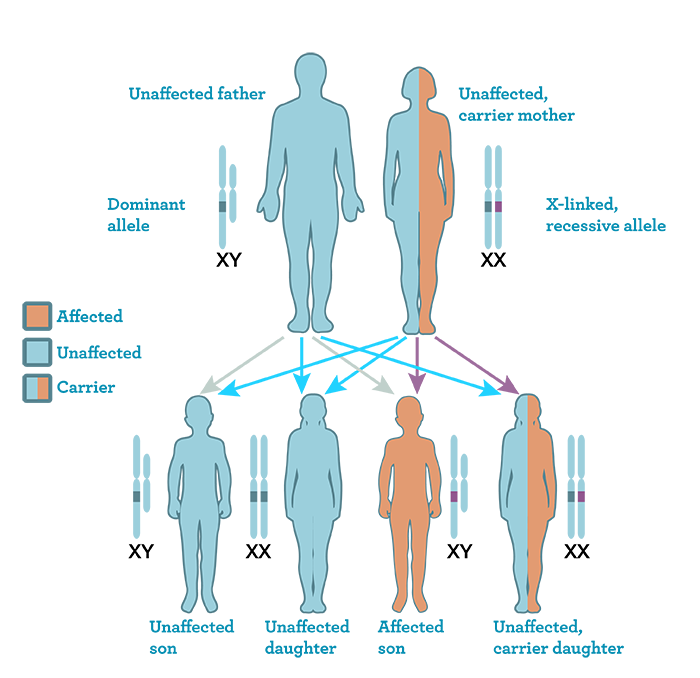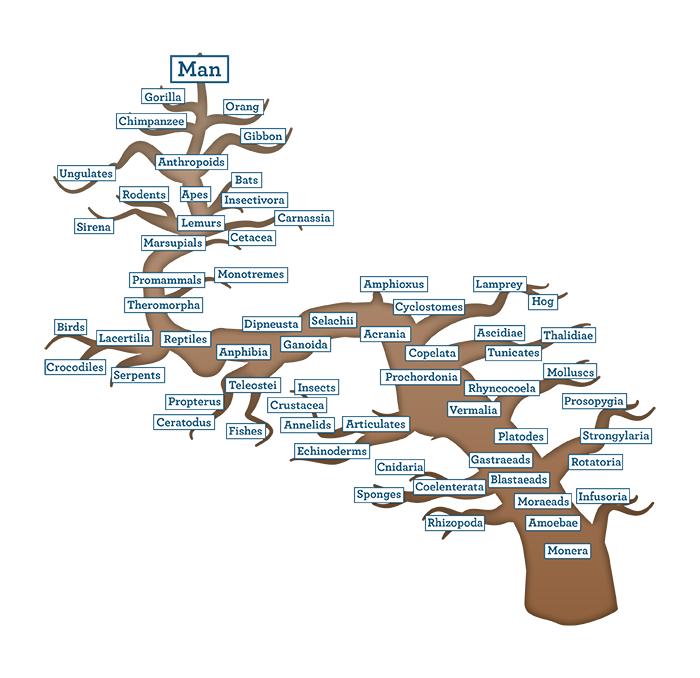
From Molecules to the Biosphere
“The life sciences focus on patterns, processes, and relationships of living organisms ... over scales from single molecules, through organisms and ecosystems, to the entire biosphere, that is all life on Earth…on time scales from the blink of an eye, to those that happen over billions of years.” - Chapter 6, "Life Sciences, A Framework for K-12 Science Education"
Connect your learners to the life sciences with a broad range of SMILE activities, aligned to the new K-12 biology science standards developed by the National Research Council.
The Life Sciences framework covers a wide body of concepts from life cycles to ecosystems to genetics to evolution, while providing detailed ideas appropriate for learners of different ages.
Essential Principles
Choose one of the essential principles to view related activities.
From molecules to organisms: structures and processes

How do organisms live, grow, respond to their environment, and reproduce?
Structure and Function
How do the structures of organisms enable life's functions?
A central feature of life is that organisms grow, reproduce, and die. They have characteristic structures (anatomy and morphology), functions (molecular-scale processes to organism-level physiology), and behaviors (neurobiology and, for some animal species, psychology).
Organization for matter and energy flow in organisms
How do organisms obtain and use the matter and energy they need to live and grow?
Sustaining life requires substantial energy and matter inputs. The complex structural organization of organisms accommodates the capture, transformation, transport, release, and elimination of the matter and energy needed to sustain them.
Information Processing
How do organisms detect, process, and use information about the environment?
An organism's ability to sense and respond to its environment enhances its chance of surviving and reproducing. Animals have external and internal sensory receptors that detect different kinds of information, and they use internal mechanisms for processing and storing it.
Ecosystems: interactions, energy, and dynamics.

How and why do organisms interact with their environment, and what are the effects of these interactions.
Interdependent relationships in ecosystems
How do organisms interact with the living and nonliving environment to obtain matter and energy?
Ecosystems are ever-changing because of interdependence of organisms of the same or different species and the nonliving (physical) elements of the environment. Seeking matter and energy resources to sustain life, organisms in an ecosystem interact with one another in complex feeding hierarchies of producers, consumers, and decomposers, which together represent a food web.
Cycles of matter and energy transfer in ecosystems
How do matter and energy move through an ecosystem?
The cycling of matter and the flow of energy within ecosystems occur through interactions among different organisms and between organisms and the physical environment. All living systems need matter and energy. Matter fuels the energy-releasing chemical reactions that provide energy for life functions and provides the material for growth and repair of tissue.
Social interactions and group behavior
How do organisms interact in groups so as to benefit individuals?
Group behaviors are found in organisms ranging from unicellular slime molds to ants to primates, including humans. Many species, with a strong drive for social affiliation, live in groups formed on the basis of genetic relatedness, physical proximity, or other recognition mechanisms (which may be species-specific).
Heredity: inheritance and variation of traits

How are characteristics of one generation passed to the next? How can individuals of the same species and even siblings
Biological evolution: unity and diversity

How can there be so many similarities among organisms yet so many different kinds of plants, animals, and microorganisms? How
Natural selection
How does genetic variation among organisms affect survival and reproduction?
Genetic variation in a species results in individuals with a range of traits. In any particular environment individuals with particular traits may be more likely than others to survive and produce offspring. This process is called natural selection and may lead to the predominance of certain inherited traits in a population and the suppression of others.
Adaption
How does the environment influence populations of organisms over multiple generations?
When an environment changes, there can be subsequent shifts in its supply of resources or in the physical and biological challenges it imposes. Some individuals in a population may have morphological, physiological, or behavioral traits that provide a reproductive advantage in the face of the shifts in the environment. Natural selection provides a mechanism for species to adapt to changes in their environment.
Biodiversity and humans
What is biodiversity, how do humans affect it, and how does it affect humans?
Human beings are part of and depend on the natural world. Biodiversity—the multiplicity of genes, species, and ecosystems—provides humans with renewable resources, such as foods, medicines, and clean water.
Framework Credits:
The biology concepts come from Chapter 6 "Life Sciences" of A Framework for K-12 Science Education: Practices, Crosscutting Concepts, and Core Ideas.
© Committee on Conceptual Framework for the New K-12 Science Education Standards; National Research Council.
The biology concepts come from Chapter 6 "Life Sciences" of A Framework for K-12 Science Education: Practices, Crosscutting Concepts, and Core Ideas.
© Committee on Conceptual Framework for the New K-12 Science Education Standards; National Research Council.
